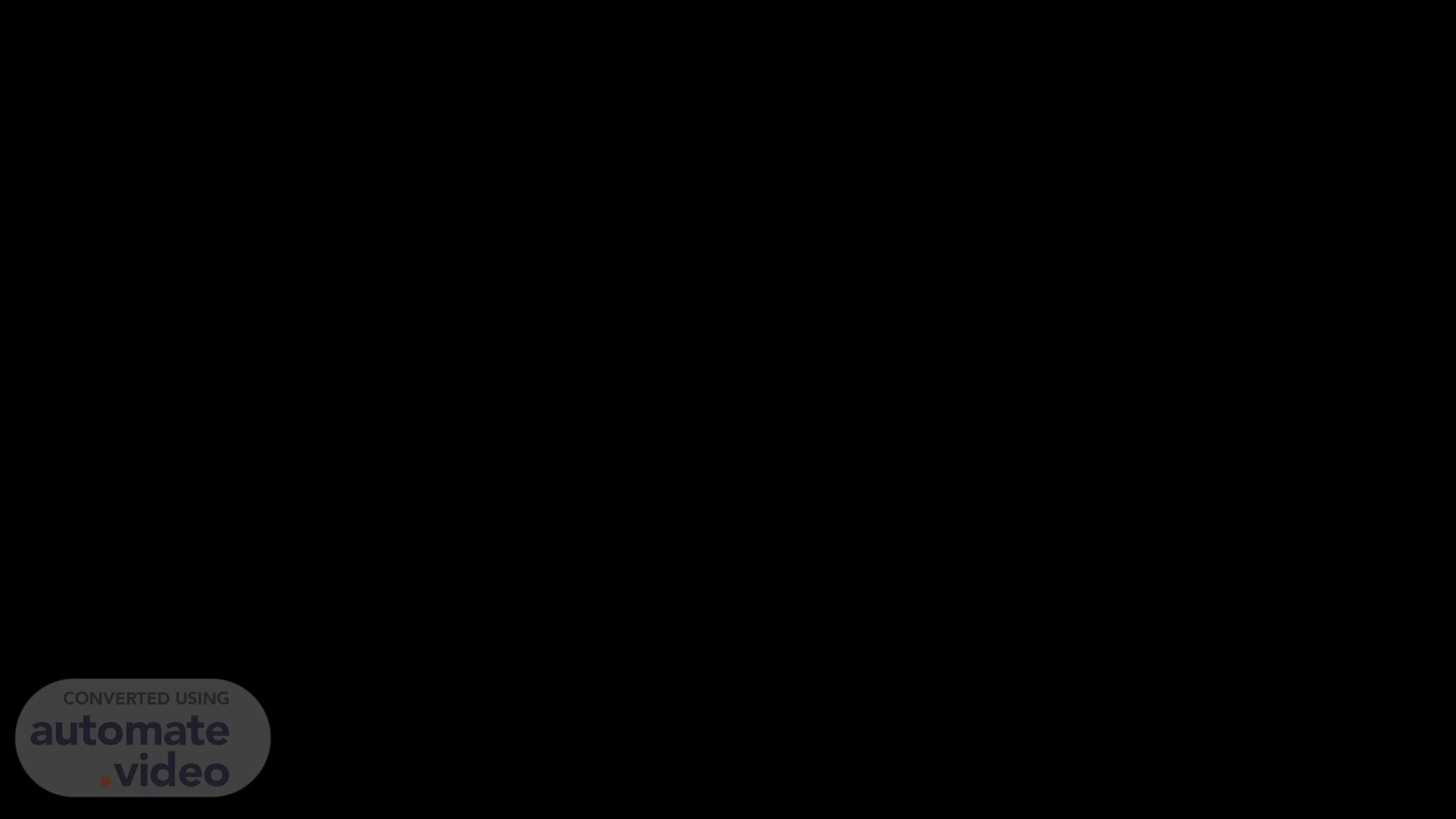
WILDLIFE CONSERVATION DAY
Scene 1 (0s)
[Audio] Good morning, everyone! I'm glad to see you here today to discuss how our company can protect wildlife through conservation activities to help maintain the ecological balance and improve human quality of life. Let's take a closer look at how deforestation, agricultural expansion, and urbanization are affecting wildlife and our environment..
Scene 2 (22s)
[Audio] On Wildlife Conservation Day, we are reminded of the importance of taking proactive measures to protect the environment and the wildlife it sustains. Wildlife plays an important role in our quality of life, providing us with essential services like clean air, food, and water essential to our survival. Unfortunately, the habitats of many species are threatened by deforestation, agricultural expansion, and urbanization. For this reason, it is important for us to be mindful of the impact we have on the environment and to take action to conserve it. This action must be taken to ensure that species and their habitats remain intact and that the balance of the ecosystem is not disrupted..
Scene 3 (1m 5s)
HABITAT DEWSTRUCTION. Habitat destruction decreases the number of places where wildlife can live in. Habitat fragmentation breaks up a continuous tract of habitat, often dividing large wildlife populations into several smaller ones. [4] Human-caused habitat loss and fragmentation are primary drivers of species declines and extinctions. Key examples of human-induced habitat loss include deforestation, agricultural expansion , and urbanization . Habitat destruction and fragmentation can increase the vulnerability of wildlife populations by reducing the space and resources available to them and by increasing the likelihood of conflict with humans. Moreover, destruction and fragmentation create smaller habitats. Smaller habitats support smaller populations, and smaller populations are more likely to go extinct. [5] The COVID-19 pandemic has caused a significant shift in human behavior, resulting in mandatory and voluntary limitations on movement. As a result, people have started utilizing green spaces more frequently, which were previously habitats for wildlife. Unfortunately, this increased human activity has caused destruction to the natural habitat of various species..